The Cinnamon Cockatiel is Singing: Understanding Their Unique Vocalizations
Dive into the captivating world of Cinnamon Cockatiel vocalizations. From chirps to whistles, explore what these unique sounds signify in this engaging study.
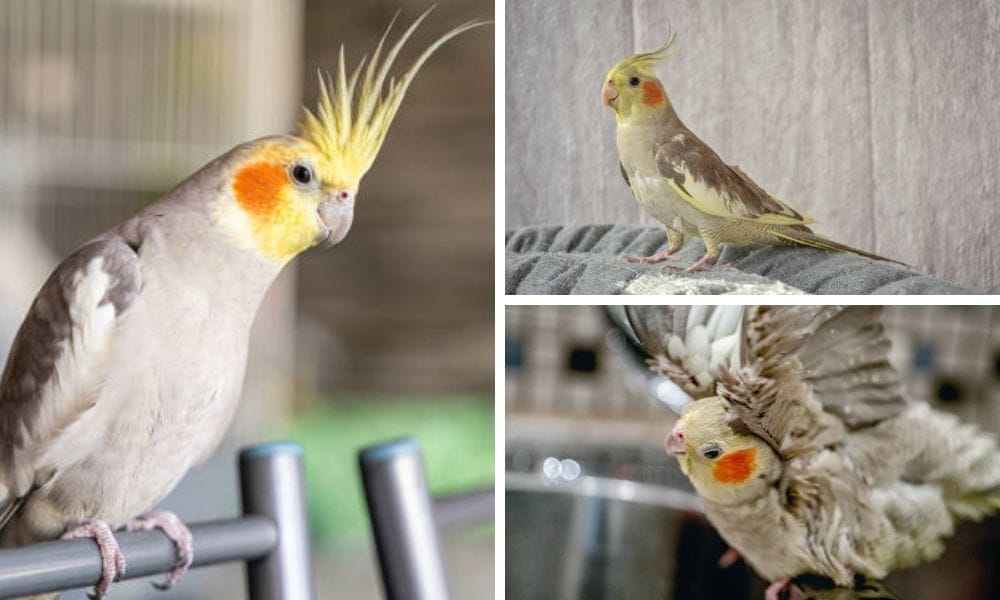
Key Takeaways:
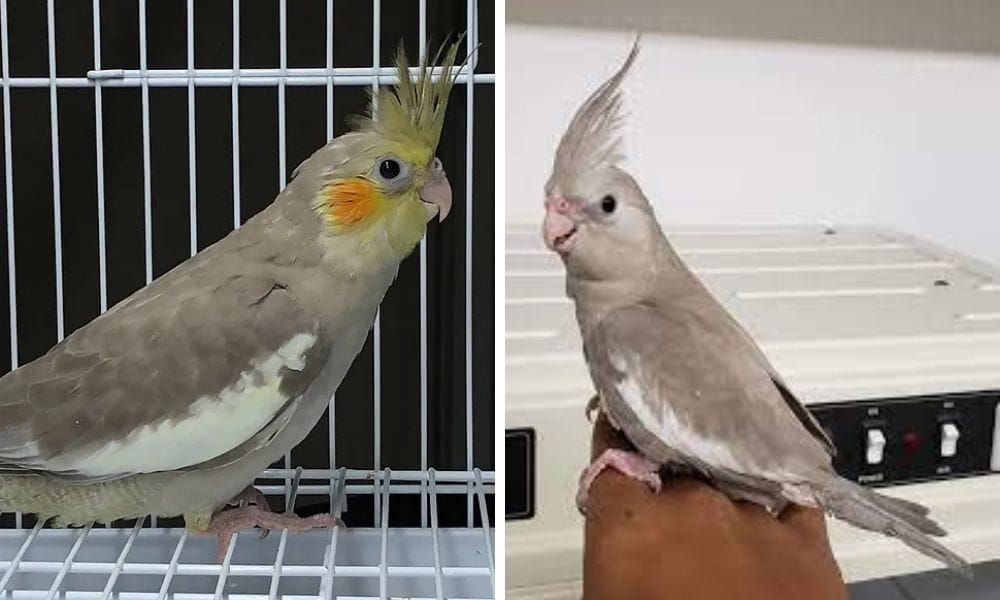
- Cinnamon cockatiels are a unique variant within the cockatoo family, known for their distinct cinnamon coloring and vocalizations.
- Understanding the vocal patterns of cinnamon cockatiels can enhance the bond between pet and owner, as well as aid in their care.
- Recognizing the differences in vocalizations can help cockatiel owners identify their pet's needs, moods, and health status.
Cinnamon cockatiels, a charming member of the cockatoo family, have captivated bird enthusiasts with their unique coloring and enchanting songs. These hardy birds, with their pale yellow feathers and brown pigment, are not just a visual delight but also aural artists, whose vocalizations are as distinctive as their appearance. This article delves into the world of cinnamon cockatiels, exploring the intricacies of their songs and what they communicate.
The Cinnamon Cockatiel: A Brief Overview
Cinnamon cockatiels are a color mutation of the grey cockatiel, a popular pet bird known for its bright yellow face and orange cheek patch. The cinnamon coloring is a result of a reduction in the grey pigment, giving these birds a warm, chocolate brown appearance. This mutation can occur in various patterns, such as the cinnamon pied cockatiel and the cinnamon pearl cockatiels, each with its own unique coloring.
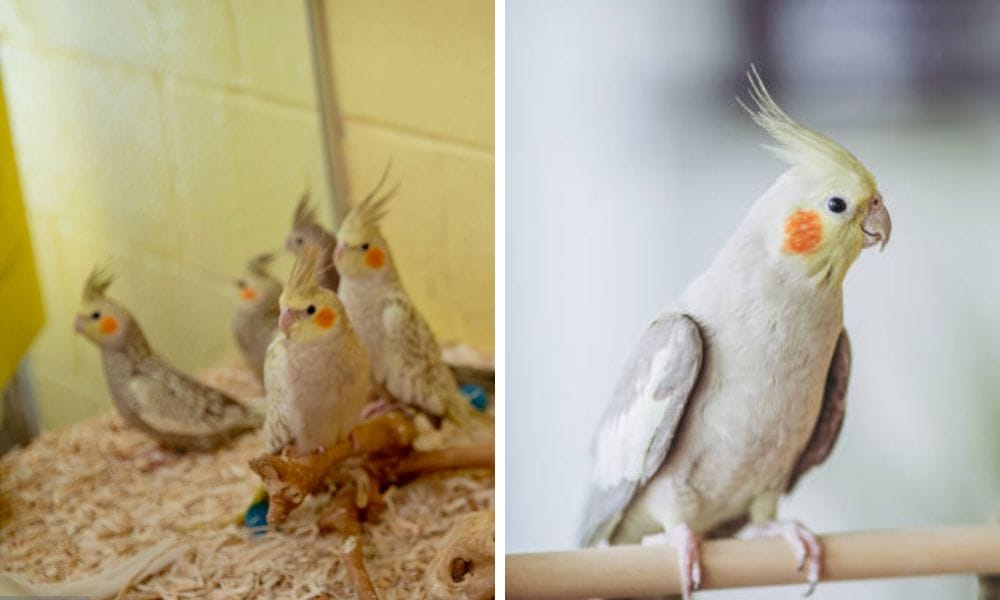
Vocalizations: More Than Just Chirps
Cockatiels, including the cinnamon variety, are part of the parrot family, which is renowned for its ability to mimic sounds. The vocal repertoire of a cinnamon cockatiel is not only a means of communication but also a display of their social nature. From contact calls to mating songs, each sound serves a purpose in the life of these birds.
Decoding the Cinnamon Cockatiel's Song
The song of a cinnamon cockatiel is a complex symphony, with each note and rhythm conveying different messages. Bird breeders and cockatiel owners often observe that males are more vocal, using their songs to attract females or assert dominance. Understanding these vocal patterns can provide insights into your pet's behavior and needs.
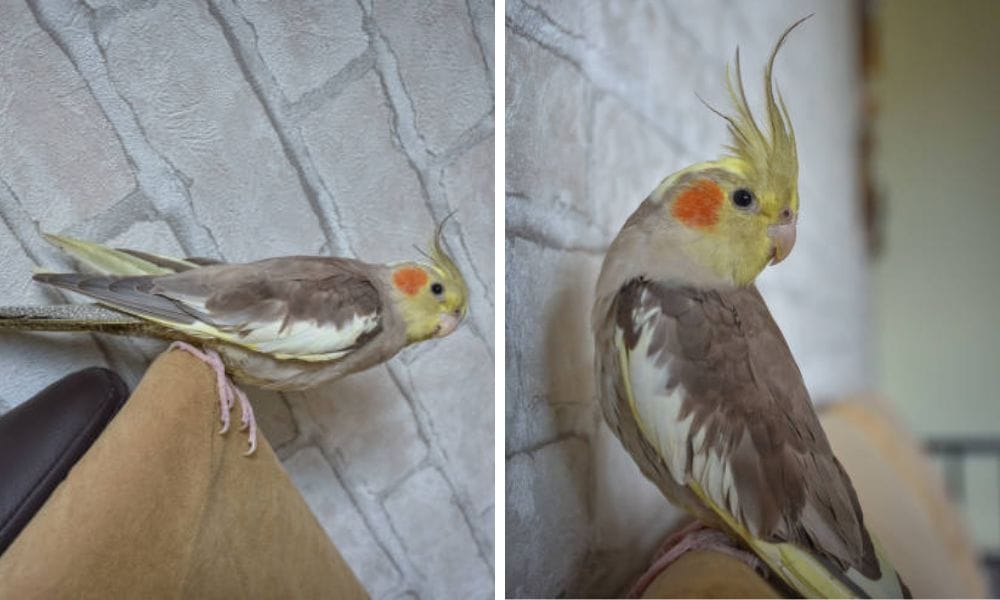
The Role of Vocalizations in Mating
During mating season, the male cinnamon cockatiel's song becomes more pronounced. With a repertoire designed to impress, these young birds sing to woo potential mates. The females, while typically quieter, may respond with soft chirps, indicating their interest or readiness to mate.
Social Interactions and Vocalizations
Cockatiels are social creatures, and their vocalizations play a crucial role in flock dynamics. In the wild, these calls help maintain group cohesion and alert others to potential dangers. In a domestic setting, pet cockatiels use vocalizations to interact with their human family or other birds in the household.
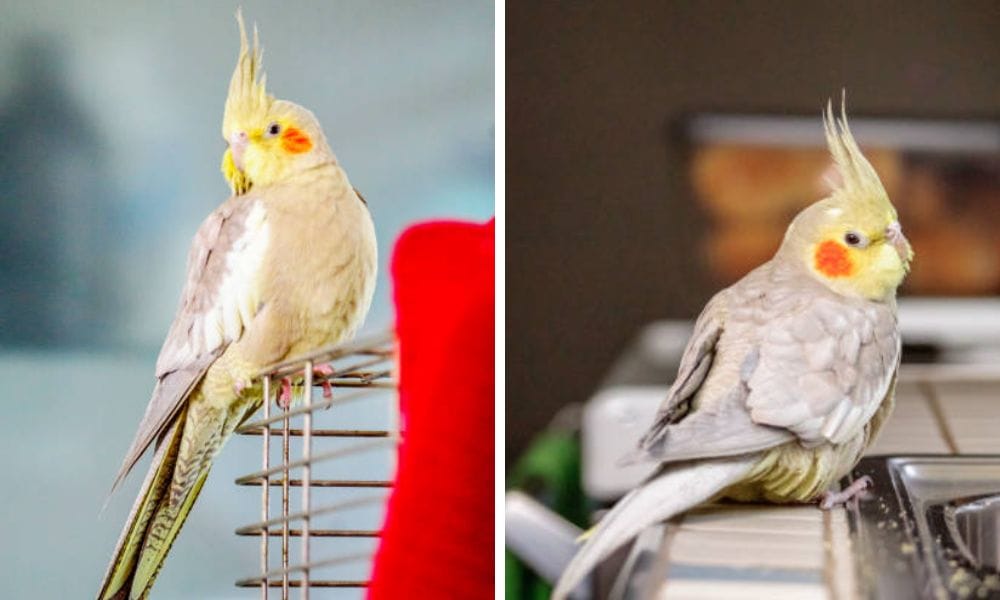
Cinnamon Pearl Cockatiel: A Colorful Addition to the Family
Have you ever walked into a bird store and found yourself mesmerized by the stunning cinnamon pearl cockatiel? With their distinctive yellow barring and warm, cinnamon-hued feathers, these birds are a sight to behold. The cinnamon pearl cockatiel is a color mutation that has won the hearts of many pet enthusiasts, making them one of the most popular pet birds around. Their overall plumage is a tapestry of intricate patterns and colors that can captivate anyone's attention. It's no wonder they're typically higher priced in pet stores; their beauty is unmatched!
But it's not just their looks that make them good pets. Cinnamon pearl cockatiels exhibit fascinating cockatiel behavior that can be both entertaining and endearing. From their playful antics to their affectionate nature, these birds have a way of becoming part of the family. Owners often describe them as having a 'proud mom' demeanor, showing off their lovely feathers and engaging with their human companions. If you're considering adding a feathered friend to your home, a visit to your local bird store to meet a cinnamon pearl cockatiel might just seal the deal.
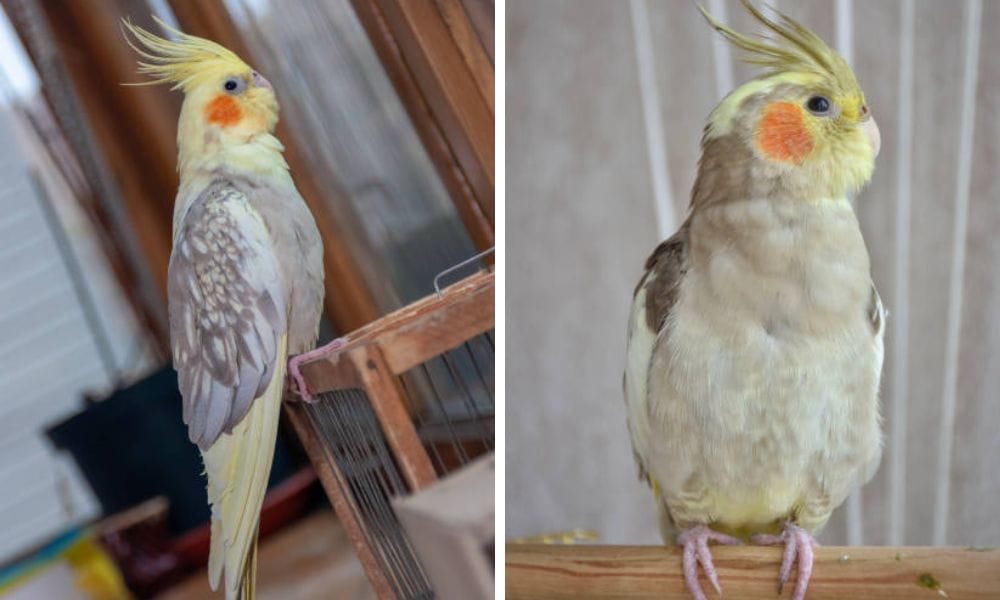
The Intricacies of Sexing Cockatiels: Visual Clues and Behaviors
When it comes to determining the sex of cockatiels, visual cues can be quite subtle, especially in mutations like the cinnamon variety. Generally, male cockatiels may boast more vivid tail markings and brighter facial coloration, while females often exhibit bars on the underside of the tail feathers. However, these differences can be less pronounced in certain mutations, making it a bit of a guessing game for pet owners.
Behavioral observations can also provide hints about the sex of cockatiels. Males are typically more vocal and may exhibit courtship behaviors such as strutting and head bobbing. Females, on the other hand, might display nesting behaviors or be less inclined to sing. It's worth noting that these are general tendencies and there can be exceptions. For a definitive answer, a DNA test or a visit to an avian vet might be necessary.
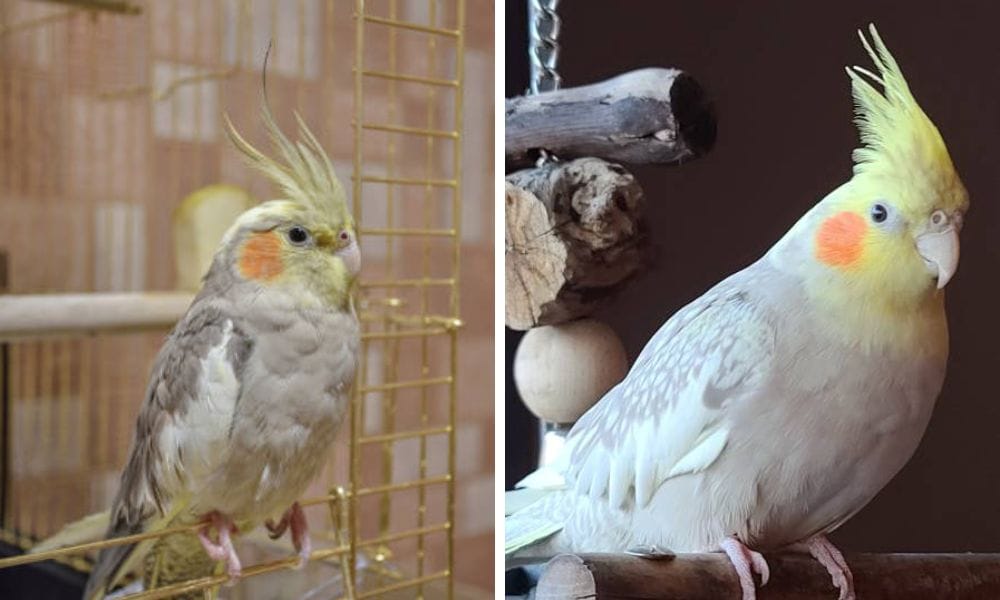
The Genetic Puzzle: Sex-Linked Recessive Mutations in Cockatiels
Cockatiels are fascinating creatures, not just for their vocal prowess but also for their genetic diversity. The term sex-linked recessive mutation is key to understanding how certain traits are passed down in these birds. For instance, the cinnamon coloration in cockatiels is a result of such a mutation. This means that the gene responsible for this trait is located on the sex chromosome and must be inherited from both parents to be visibly expressed in females, while males only need one copy due to their XY sex chromosome composition.
Understanding the genetics behind these mutations is crucial for breeders who aim to produce specific color variations. It's a delicate dance of biology where breeders must carefully select mating pairs to achieve the desired outcome. The pastel face cockatiel, another popular variant, is a testament to the intricate genetic artistry that goes into breeding these birds. By studying the patterns of inheritance, breeders can predict the likelihood of producing offspring with certain characteristics, making the breeding process both a science and an art form.
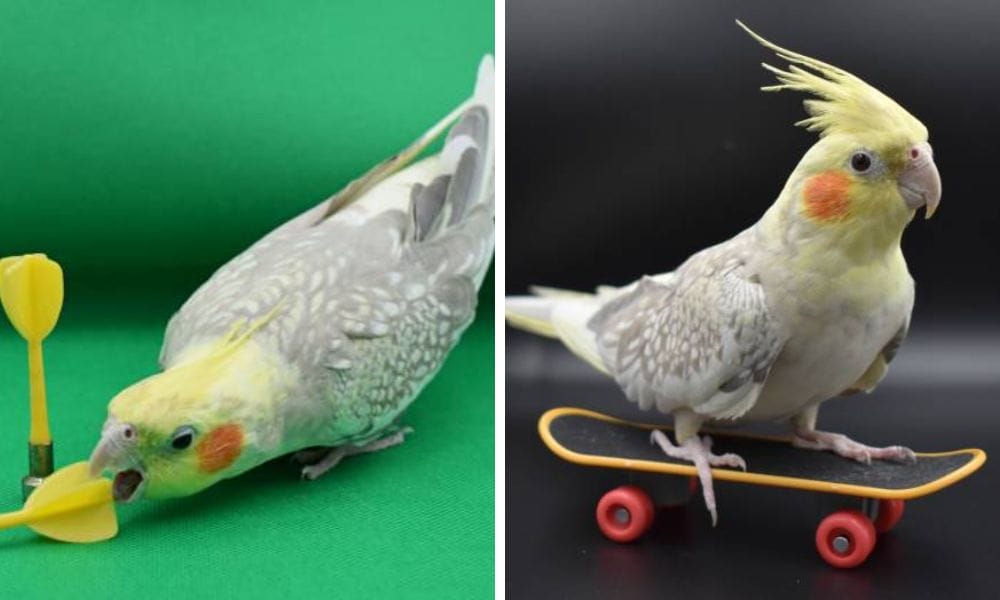
The Art of Breeding Cinnamon Cockatiels
Breeding Cinnamon Cockatiels is not just about pairing two birds; it's an art that requires understanding genetics, particularly the sex-linked recessive mutation. When breeders aim to produce a specific color variant, such as the cinnamon hue, they must carefully select the parent birds. The cinnamon trait is a sex-linked recessive mutation, meaning that it is carried on the sex chromosomes and must be present in both parents to be expressed in the offspring. This genetic dance ensures that each new generation can potentially carry the beautiful cinnamon coloring, but it also requires breeders to have a deep knowledge of their birds' lineage.
Moreover, the description cockatiels receive from their breeders can significantly influence their appeal to potential owners. Breeders must be able to provide detailed descriptions of their cockatiels' plumage, temperament, and vocal abilities. This information not only helps in marketing these charming birds but also educates new owners about what to expect from their feathered companions. A well-informed owner is more likely to provide a loving and suitable home, which is the ultimate goal of responsible breeding practices.
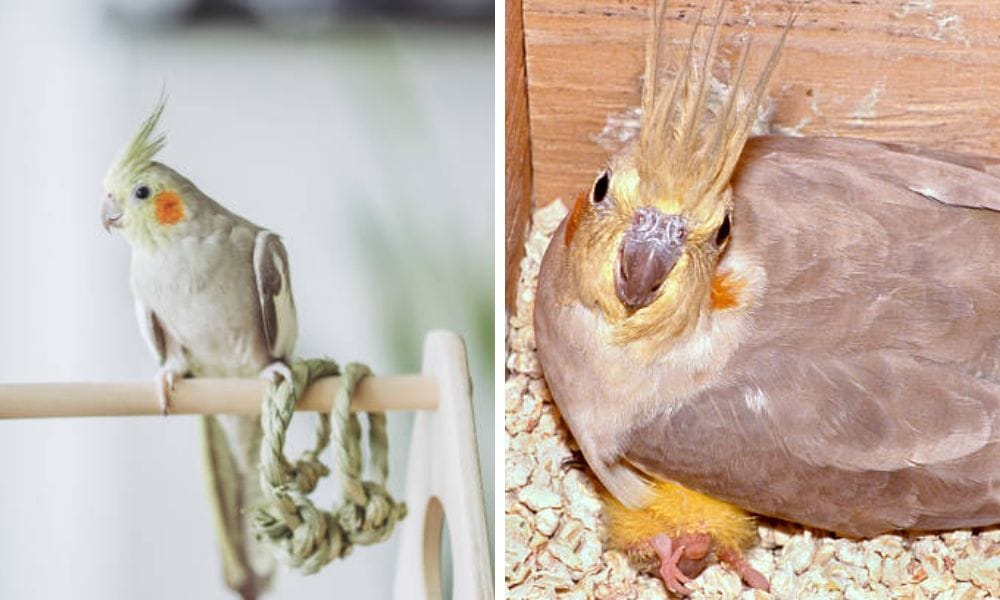
The Symphony of Cinnamon Cockatiel Vocalizations
Cinnamon Cockatiels are known for their captivating vocalizations, which can range from soft chirps to complex melodies. These vocal displays are not just for our enjoyment; they serve critical communication functions within the flock. For instance, a cockatiel's song can signify contentment, serve as a mating call, or even act as an alarm signal. The breed's ability to mimic sounds and create unique songs is one of the many reasons they are beloved by bird enthusiasts. Each bird has its own signature tune, making the description cockatiels receive often include notes about their vocal prowess.
In addition to their natural calls, Cinnamon Cockatiels can be trained to vocalize specific sounds and even words. This training strengthens the bond between the bird and its owner, providing mental stimulation for the cockatiel and a delightful auditory experience for humans. It's important to note that while males are typically more vocal and inclined to sing, females also have their own set of sounds and can be equally engaging. Whether it's the soft whisper of a female or the bold song of a male, the breed's vocalizations are a testament to their social and interactive nature.
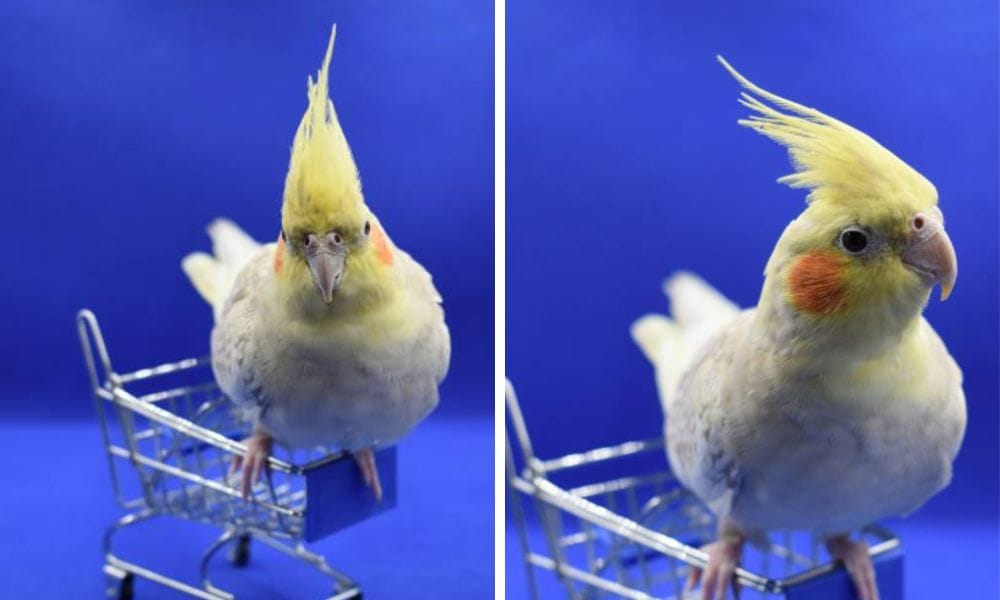
Capturing the Essence: Description and Pictures of Cockatiels
When it comes to appreciating the beauty of cockatiels, words can only do so much. A description of cockatiels often highlights their expressive crests, their cheek patches, and the variety of colors they come in, but pictures bring these descriptions to life. Photographs capture the nuances of their plumage, from the soft grays of a classic cockatiel to the warm cinnamon hues that make the cinnamon variety so beloved. Each image tells a story of the bird's personality and charm, making pictures an invaluable tool for breeders and enthusiasts alike.
Moreover, pictures serve as a visual guide for those looking to sex cockatiels. While some visual clues can be subtle, photographs can help illustrate the differences between males and females, especially in color mutations where the distinctions aren't always clear-cut. For those interested in the breeding aspect, being able to accurately sex cockatiels is essential. It ensures the health and genetic diversity of the offspring, contributing to the overall well-being of the species in captivity.
Creating a Comfortable Habitat: Cage Considerations and Wing Clipping
When setting up a home for your pet cockatiel, the cage is a central element. It should be spacious enough to allow for flight and exercise, with horizontal bars for climbing. The cage should also be equipped with perches of varying diameters to promote foot health, as well as toys and foraging opportunities to keep your bird mentally stimulated. Bird stores often provide a range of cage options tailored to the needs of different breeds.
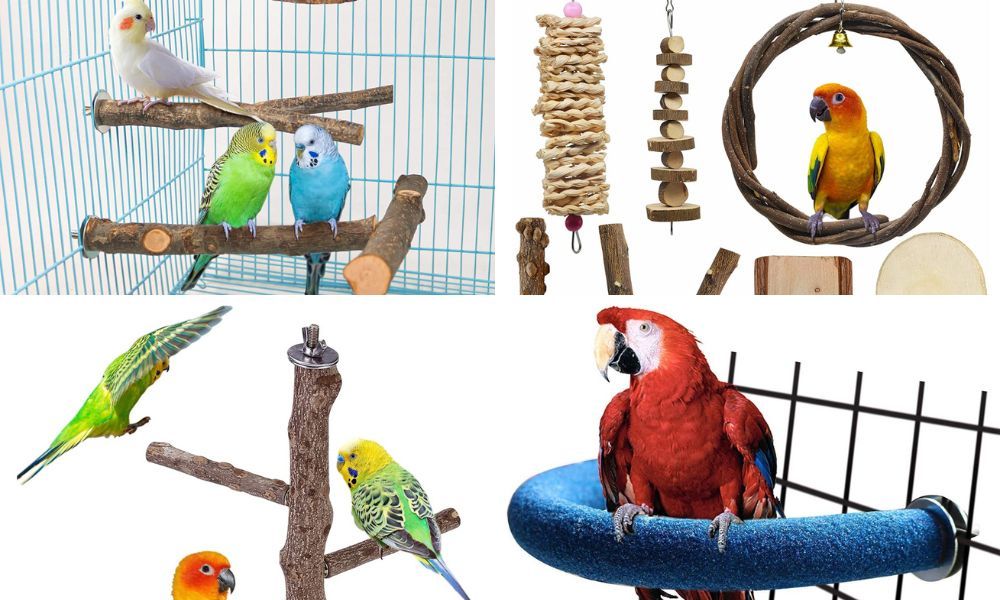
The topic of wings clipped is a contentious one among bird enthusiasts. Some argue that clipping a cockatiel's wings can prevent accidents and escape, making it easier to train and handle the bird. Others advocate for allowing birds to fly freely, as it is a natural and enriching activity that supports physical and mental well-being. If you choose to clip your bird's wings, it should be done by a professional to ensure it's done safely and humanely.
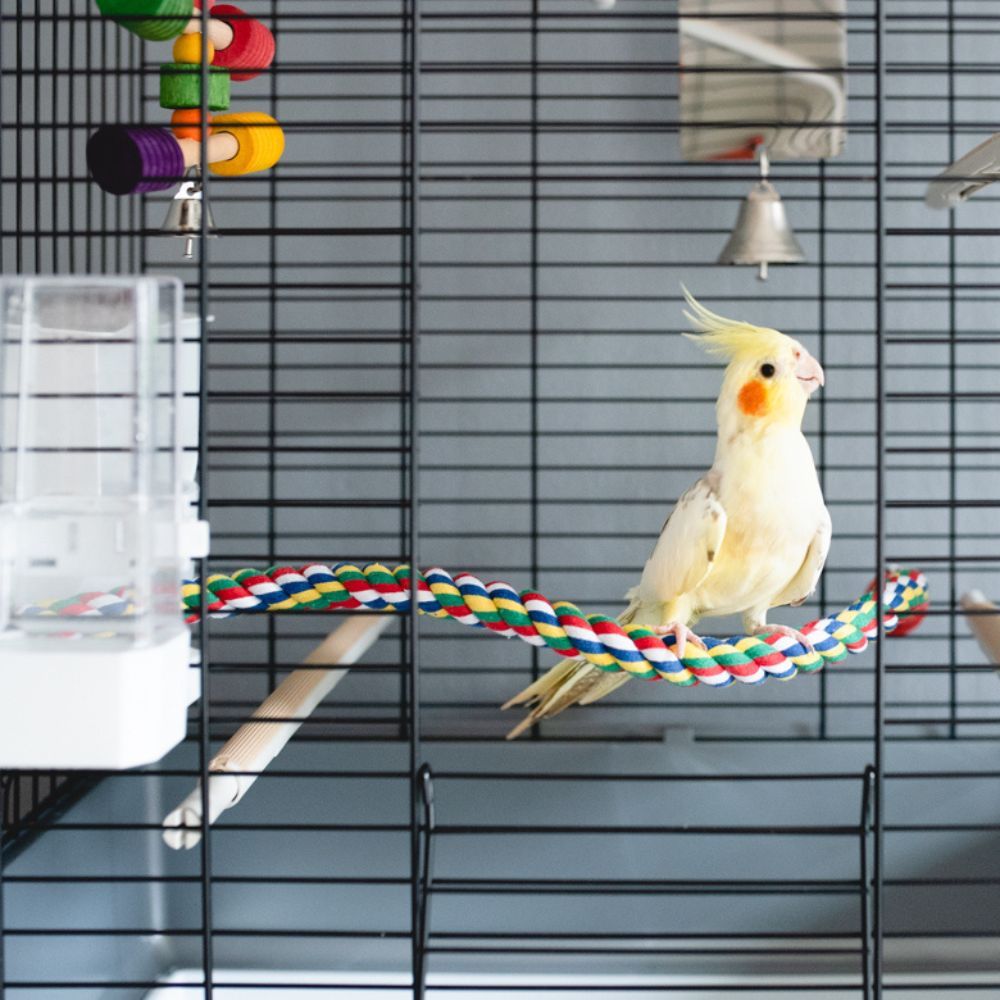
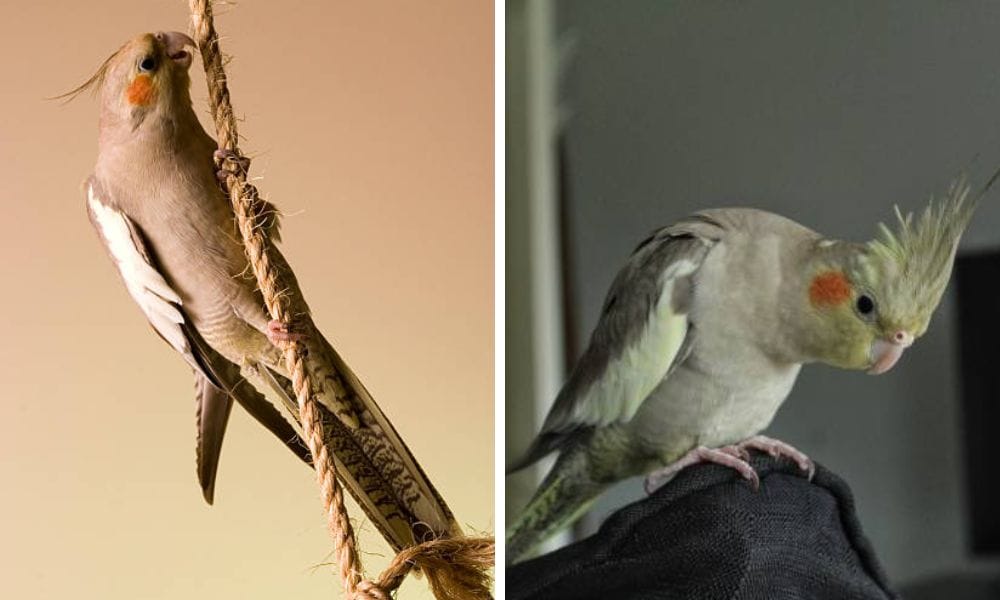
Understanding Cockatiel Mutations: From Lutino to Dominant Silver
Cockatiel species are known for their diverse color mutations, each with its own unique charm. Among these, the lutino cockatiel, with its striking white faces and bright yellow overall plumage, is a fan favorite. However, for those interested in genetics, the sex-linked recessive mutation that results in the lutino variety is just as fascinating as the bird's appearance. Breeders like Barbara Rost have dedicated years to understanding and perfecting these mutations, ensuring that the birds not only look remarkable but are also healthy.
Another intriguing mutation is the dominant silver cockatiel. Unlike the lutino, which is a sex-linked mutation, the dominant silver is characterized by a sleek, silvery appearance that affects both males and females equally. This mutation affects the overall plumage, giving the bird a mystical, almost ethereal look. The first molt of a baby cockatiel with this mutation can be an exciting time for a proud owner, as the full extent of the color change becomes apparent. Whether you're an aspiring breeder or just someone who appreciates the beauty of these birds, understanding cockatiel mutations adds an extra layer of appreciation for these delightful parrots.
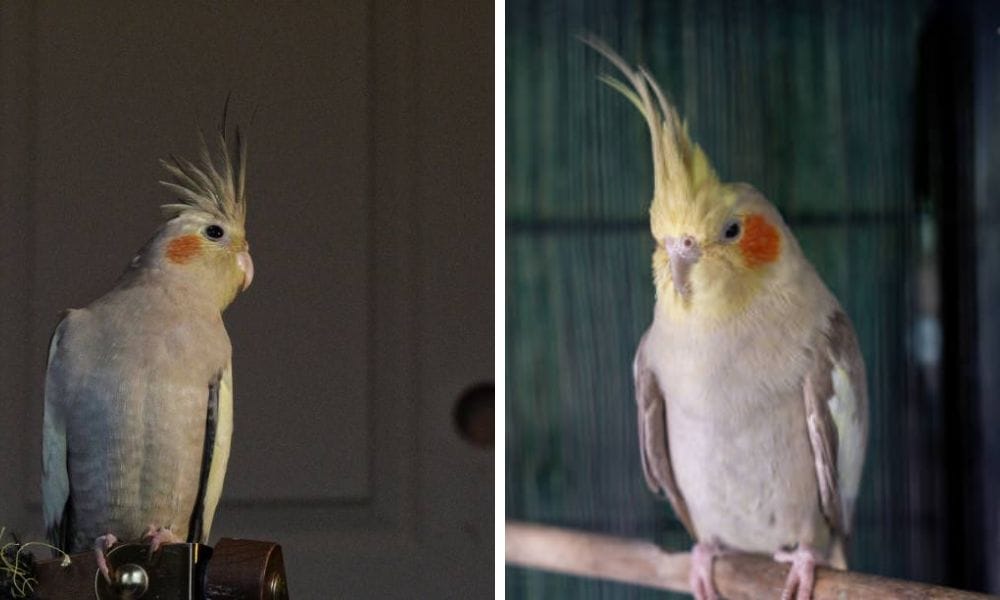
Identifying Distress Calls
Not all vocalizations are songs of joy or social calls; some are cries for help. A cinnamon cockatiel may emit loud, repetitive squawks when in distress or feeling threatened. Recognizing these calls can prompt a quick response from the owner to alleviate the bird's stress or address any immediate threats.
The Impact of Environment on Song
The environment plays a significant role in shaping the vocalizations of cinnamon cockatiels. Birds in a stimulating environment with plenty of interaction may develop a more complex and varied song. Conversely, those kept in isolation or with little enrichment may have a limited vocal range.
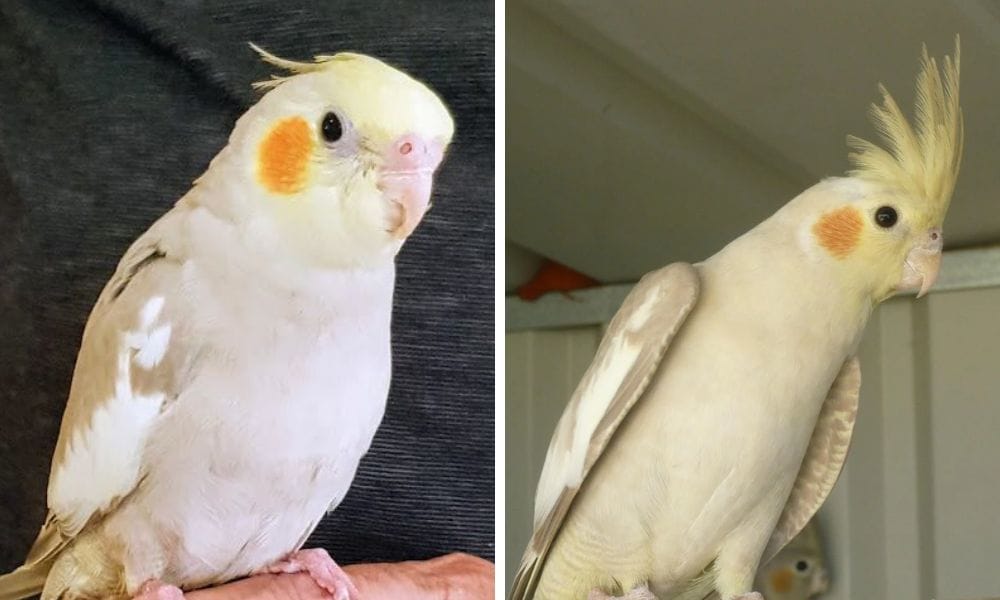
Training Cinnamon Cockatiels to Vocalize
Cockatiel owners can train their pets to enhance their vocal abilities. Positive reinforcement and repetition are key in teaching these birds to mimic sounds or even whistle tunes. The isabelle cockatiel, another mutation, is known for its ability to learn quickly, much like the cinnamon variety.
The Connection Between Health and Vocalization
A cinnamon cockatiel's song can also be an indicator of its health. A sudden change in vocalization patterns, such as a decrease in singing or an unusual sound, may signal that a visit to the vet is the best bet. Monitoring these changes can help catch health issues early on.
The Joy of Cinnamon Cockatiel Songs
For many owners, the song of their cinnamon cockatiel is a source of joy and entertainment. These birds often sing for long periods, providing a melodious backdrop to daily life. The bond between bird and owner can be strengthened through shared vocal interactions.
Summary
Cinnamon cockatiels are a delightful addition to the cockatoo family, with their unique coloring and vocalizations setting them apart from other mutations. Their songs serve various purposes, from attracting mates to signaling distress. Understanding these vocal patterns can enhance the relationship between cockatiels and their owners, ensuring the birds are happy, healthy, and well-socialized. By recognizing the nuances of their vocalizations, owners can better cater to their pet's needs and enjoy the full spectrum of their cinnamon cockatiel's personality.
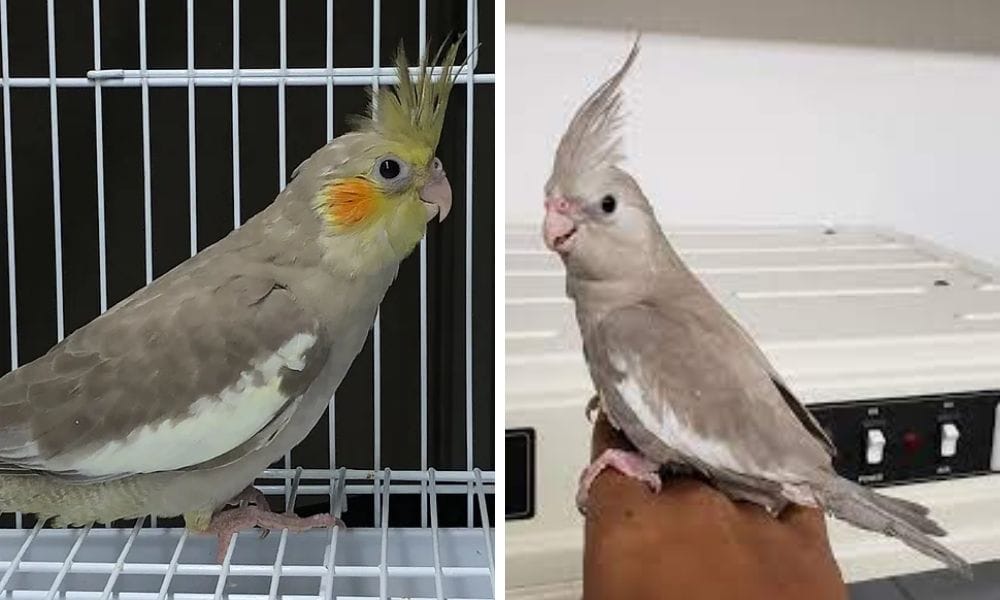
FAQ Section
Q: How can I tell if my cinnamon cockatiel is happy based on its vocalizations? A: Happy cinnamon cockatiels often exhibit vocalizations that are rhythmic, melodic, and varied. They may whistle, chirp contentedly, or even mimic sounds they find pleasant. A relaxed posture and frequent singing are good indicators of a content bird.
Q: Why is my cinnamon cockatiel screaming loudly all of a sudden? A: Loud screaming can be a sign of distress, fear, or a call for attention. It's important to assess the environment for any stressors, such as changes in the household, lack of interaction, or the presence of predators. If the behavior persists, consulting a veterinarian is advisable.
Q: Can female cinnamon cockatiels sing as well as males? A: Generally, male cockatiels are more vocal and have a more elaborate song to attract females. However, female cockatiels can also vocalize and mimic sounds, although their vocal range is usually not as extensive as that of males.

